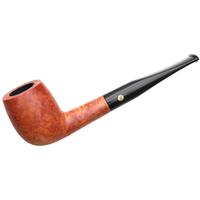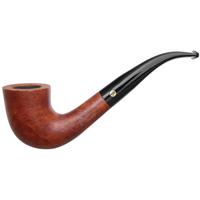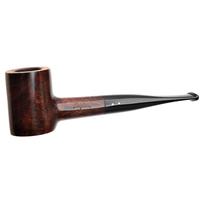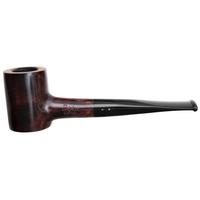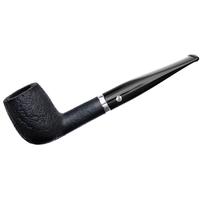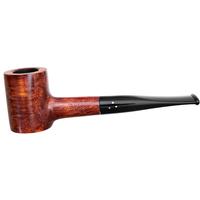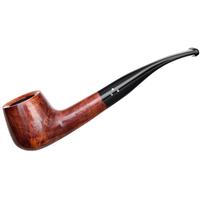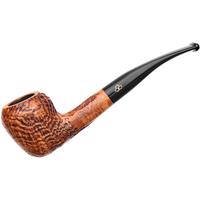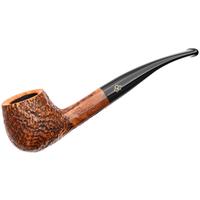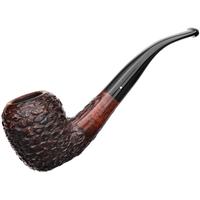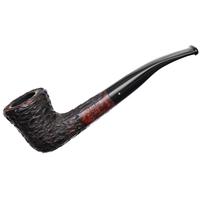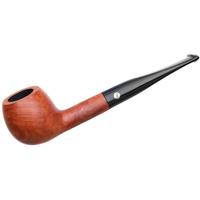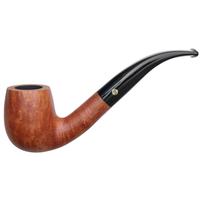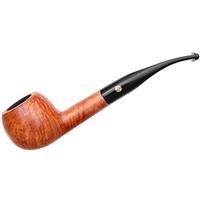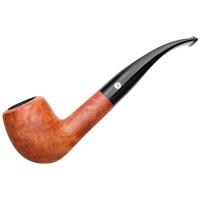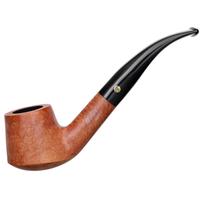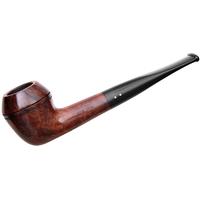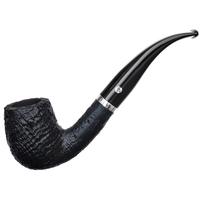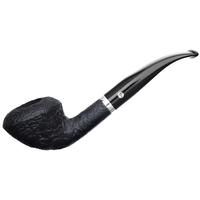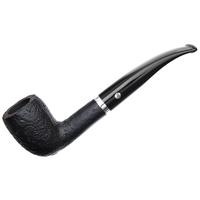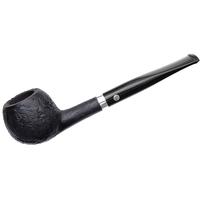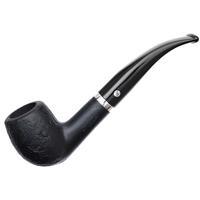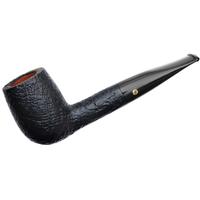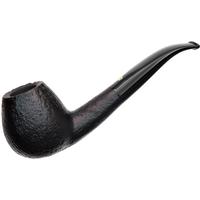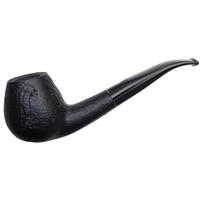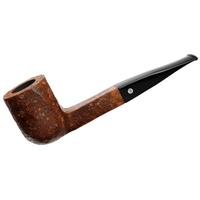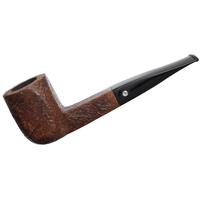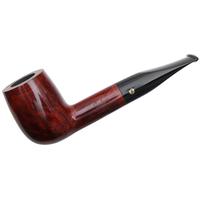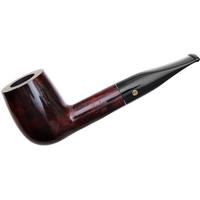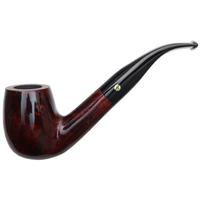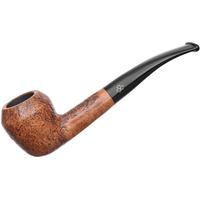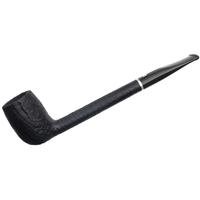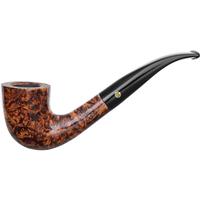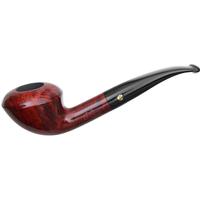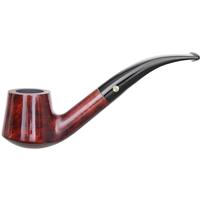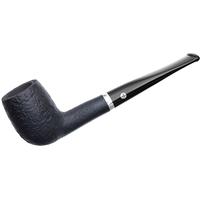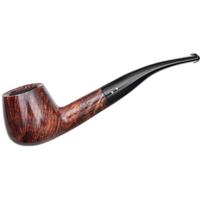
Brigham
76 Total ( 17 On Sale )
+About Brigham
Filter +
Tags +
Filters
Brigham pipes began in Toronto, Canada, in 1906 when Roy Brigham opened the famous shop, growing into a workshop with five other craftsmen by 1918, and working on pipes that soon became known all over Canada. The early 1900s saw great innovation from pipe companies around the globe, and Roy Brigham — joined by his son Herb in 1935 — focused on finding a solution to the dreaded "tongue bite" that so many smokers experienced. Their eventual solution was to invent a "distillator" (now referred to as their "Rock Maple Insert") through which the smoke flowed and acids and tars remained. The resulting 3-inch-long wooden insert is about as large in diameter as a lollipop stick, and has a hole drilled through the centre which allows a pipe cleaner to pass through. While smoking, tars and moisture are absorbed by the maple and the smoker can enjoy pure tobacco flavour.
All Brigham pipes have the rock maple insert which fits securely in the long, nylon tenon on the stem. The insert can be changed when darkened, or cleaned with alcohol to further the life. Both vulcanite and acrylic mouthpieces are used, though the Chinook and Heritage pipes each have a hand-cut acrylic bit. Most shapes are classic variations that will be smooth, sandblasted, or rusticated and feature Brigham's unique "precarb" that consists of red clay to protect the bowl.
All Brigham pipes have the rock maple insert which fits securely in the long, nylon tenon on the stem. The insert can be changed when darkened, or cleaned with alcohol to further the life. Both vulcanite and acrylic mouthpieces are used, though the Chinook and Heritage pipes each have a hand-cut acrylic bit. Most shapes are classic variations that will be smooth, sandblasted, or rusticated and feature Brigham's unique "precarb" that consists of red clay to protect the bowl.



